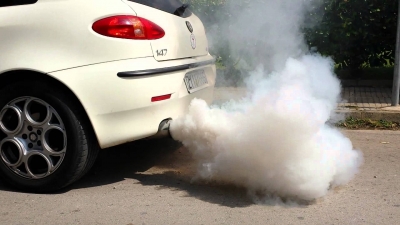Why is Carbon Monoxide is dangerous gas?

Carbon monoxide is a colourless, odourless, tasteless gas produced when substances containing carbon-such as coal, wood, oil or petrol-are burned without enough oxygen present.
Why is it dangerous?
It is poisonous. Being colourless and odourless a dangerous amount of the gas can leak out before it is detected. If inhaled, carbon monoxide gets into the bloodstream and combines with the haemoglobin in the red blood corpuscles. preventing them from carrying life-giving oxygen to the various parts of the body. If breathed in continuously in an enclosed space the person will slip into unconsciousness and die.
In cities, a great deal of carbon monoxide is released into the atmosphere by car engines.
Picture Credit : Google
